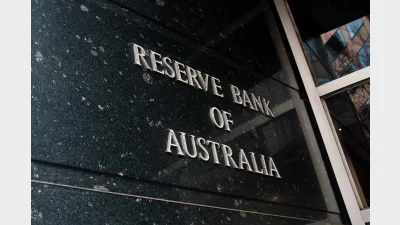Super funds show growth: Morningstar



Australian super funds have started the new financial year on a positive note, with the median growth fund returning 0.8 per cent, according to the Morningstar Australian Superannuation Survey.
Individual results varied from 1.8 per cent to a low of 0.2 per cent.
Longer-term annualised median returns stood at 11.3 per cent (one year), 12 per cent (three years), 8.6 per cent (five years), and 6.8 per cent (10 years to 31 August).
Among growth super funds, Legg Mason Growth came out on top (15.3 per cent), followed by Legg Mason Balanced and Maple-Brown Abbott (both 13.1 per cent), CFS Growth and MLC Growth (both 12.2 per cent).
BT Balanced finished first among balanced (40-60 per cent growth assets) super funds over the year to 31 August at 10.9 per cent, followed by CFS FirstChoice Moderate (10.4 per cent) and AMP Moderate Growth (10.1 per cent).
Defensive assets stood at 23.2 per cent on average (9.5 per cent domestic bonds, 5.9 per cent international, and 7.8 per cent cash).
Multi-sector growth super funds' average allocation to equities at 31 July was 56.3 per cent, with 29.5 per cent Australian and 26.8 per cent global.
Legg Mason Growth had the highest allocation to Australian shares (48.4 per cent), followed by Legg Mason Balanced (42.5 per cent), and State Super Growth (38.1 per cent).
Recommended for you
The central bank has announced the official cash rate decision for its November monetary policy meeting.
Australia’s maturing superannuation system delivers higher balances, fewer duplicate accounts and growing female asset share, but gaps and adequacy challenges remain.
Global volatility and offshore exposure have driven super funds to build US-dollar liquidity buffers, a new BNY paper has found.
Less than two in five Australians are confident they will have sufficient assets to retire and almost three-quarters admit they need to pay greater attention to their balance, according to ART research.









